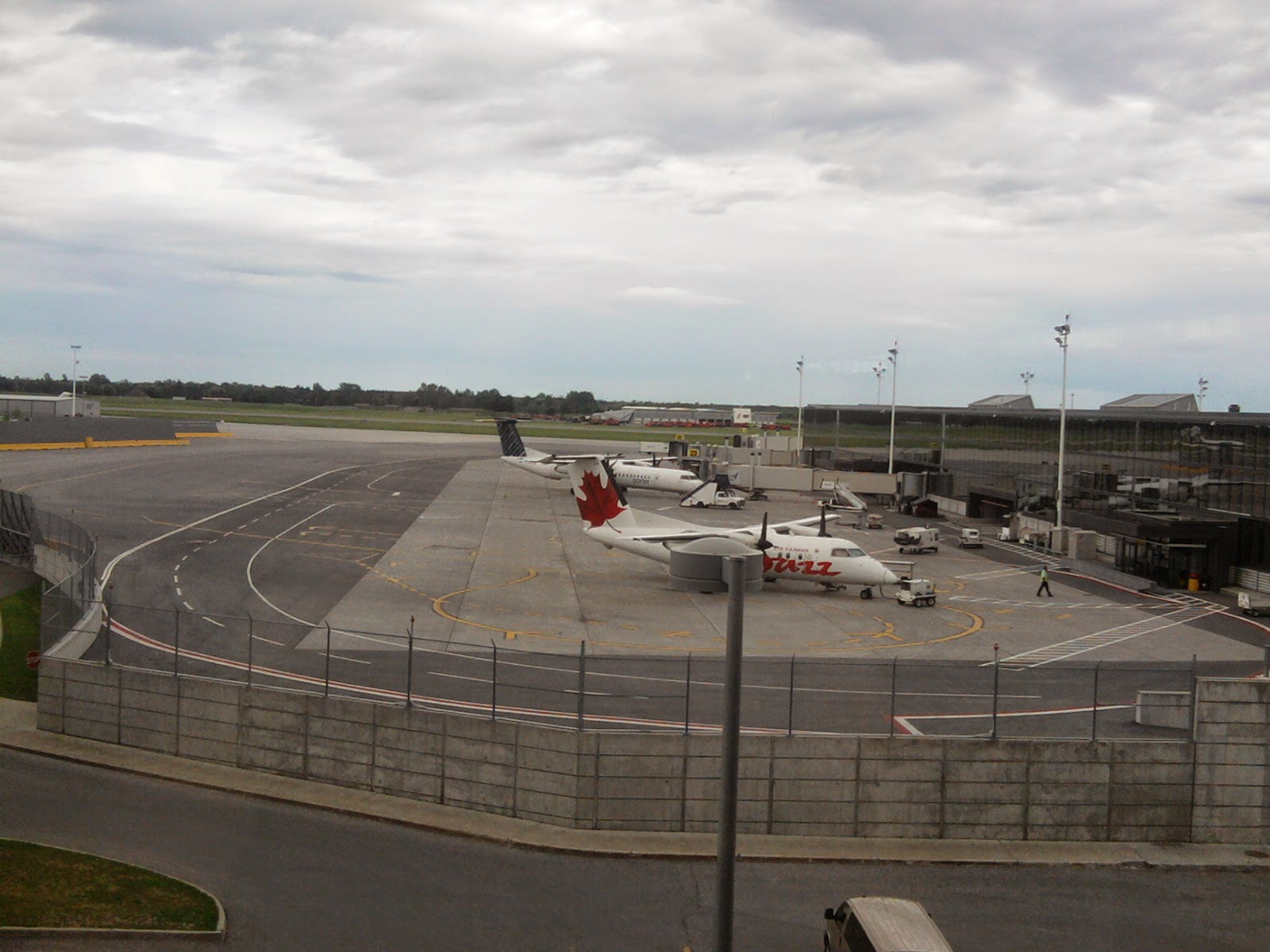This sculptural work stands along the Rideau Canal downtown, with the Ottawa Convention Centre behind it. It's been moved here in recent years from across the Canal where it stood alongside the National Arts Centre. The work is called Balancing, by a New Brunswick artist, John Hopper. The five figures are larger than life. It's a wood carved sculpture, and it has a whimsical touch that I like.
The back of the Government Conference Centre can be seen in the background, and here we get a view of the Grumpy Old Man. You can practically hear his harumph.





















































